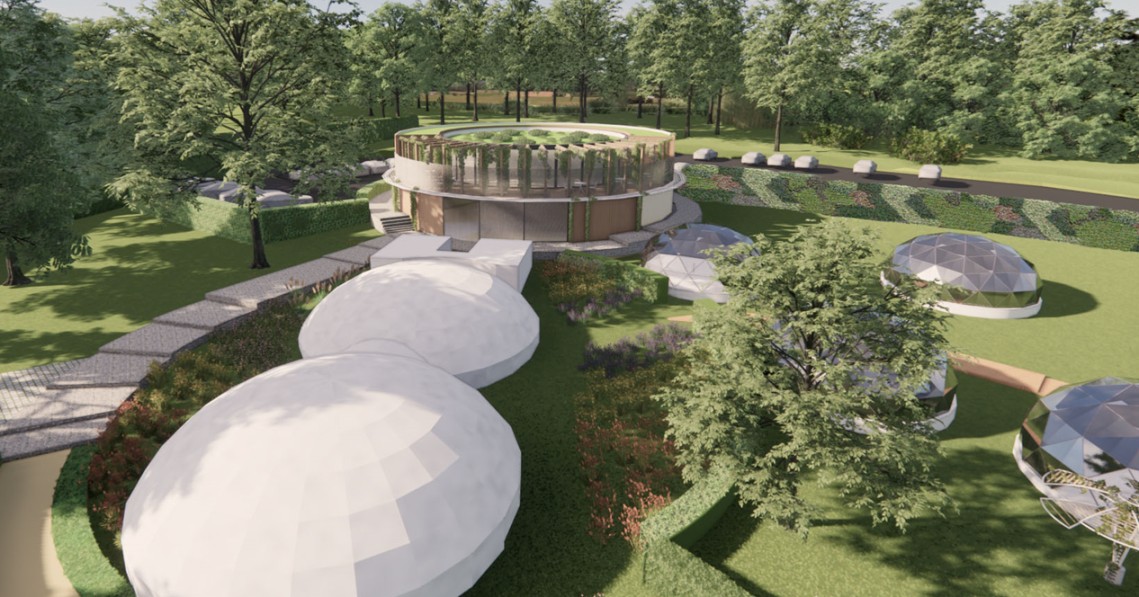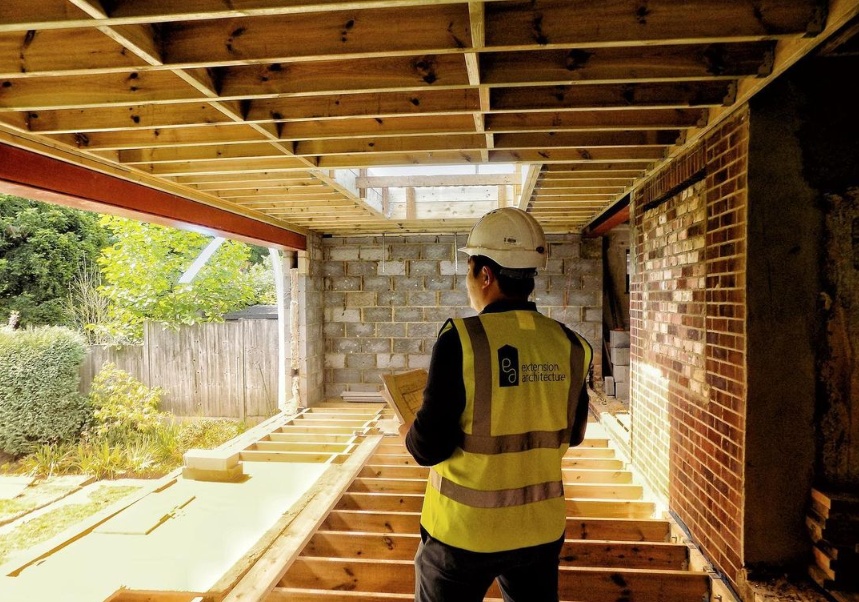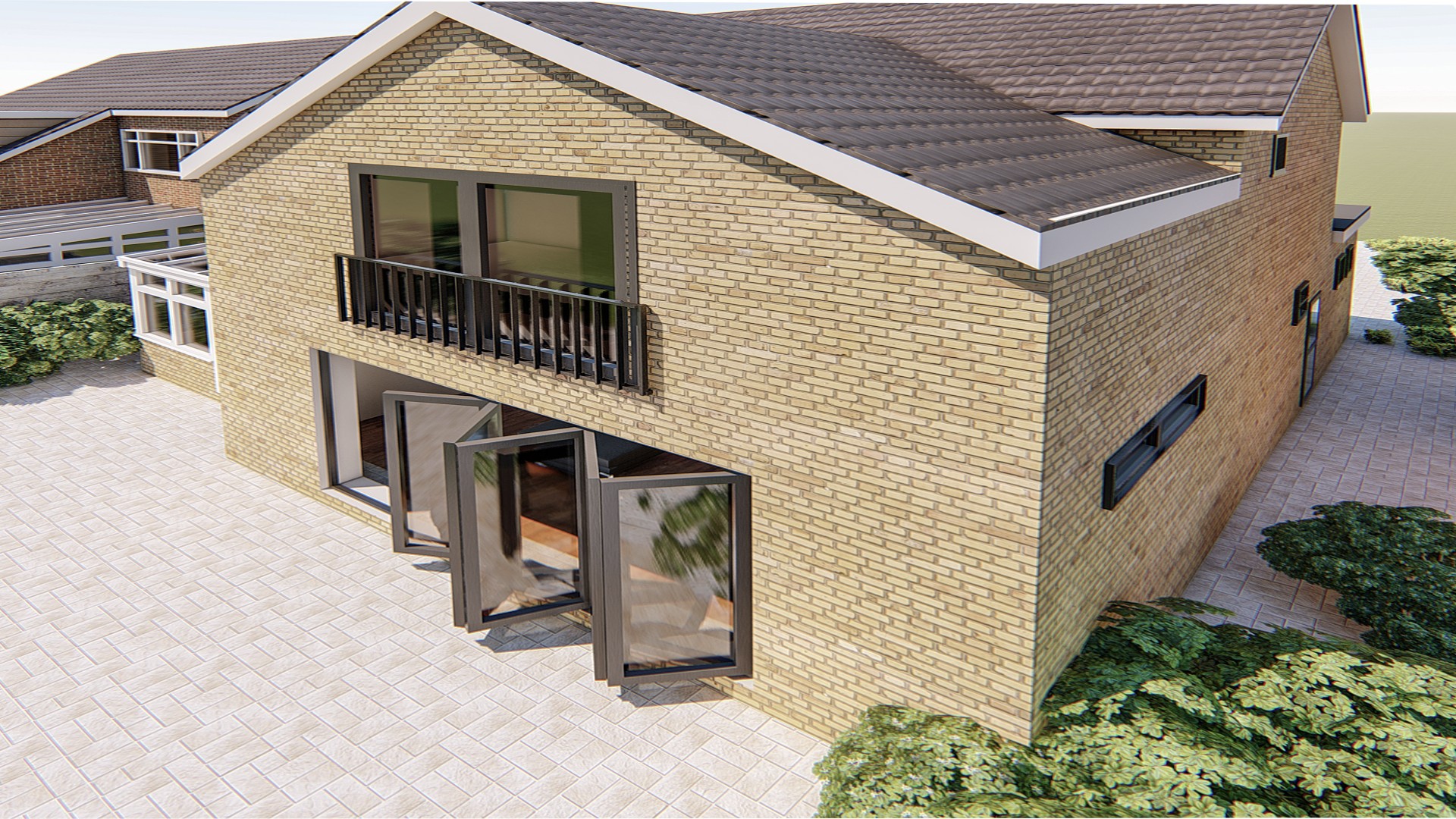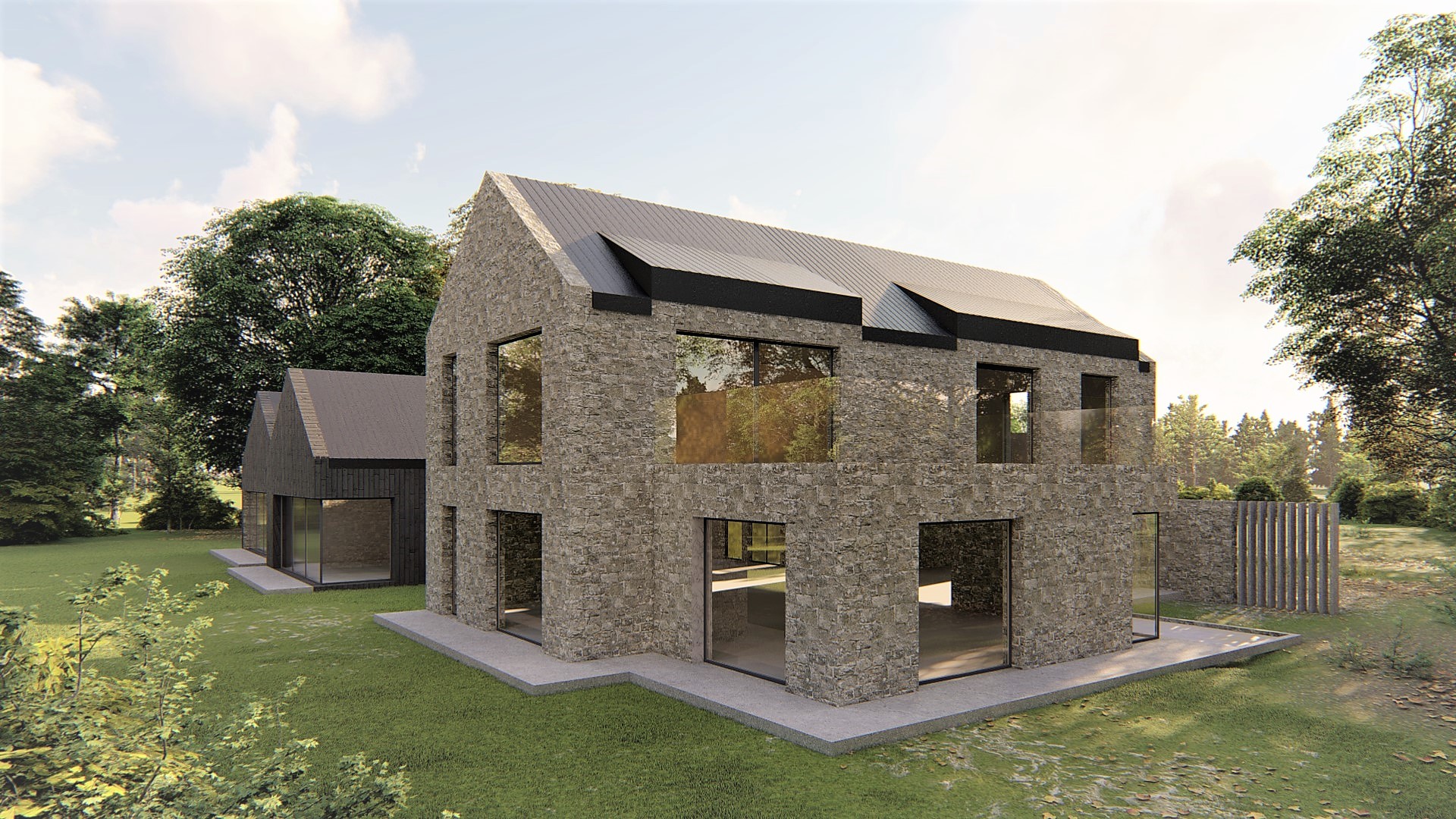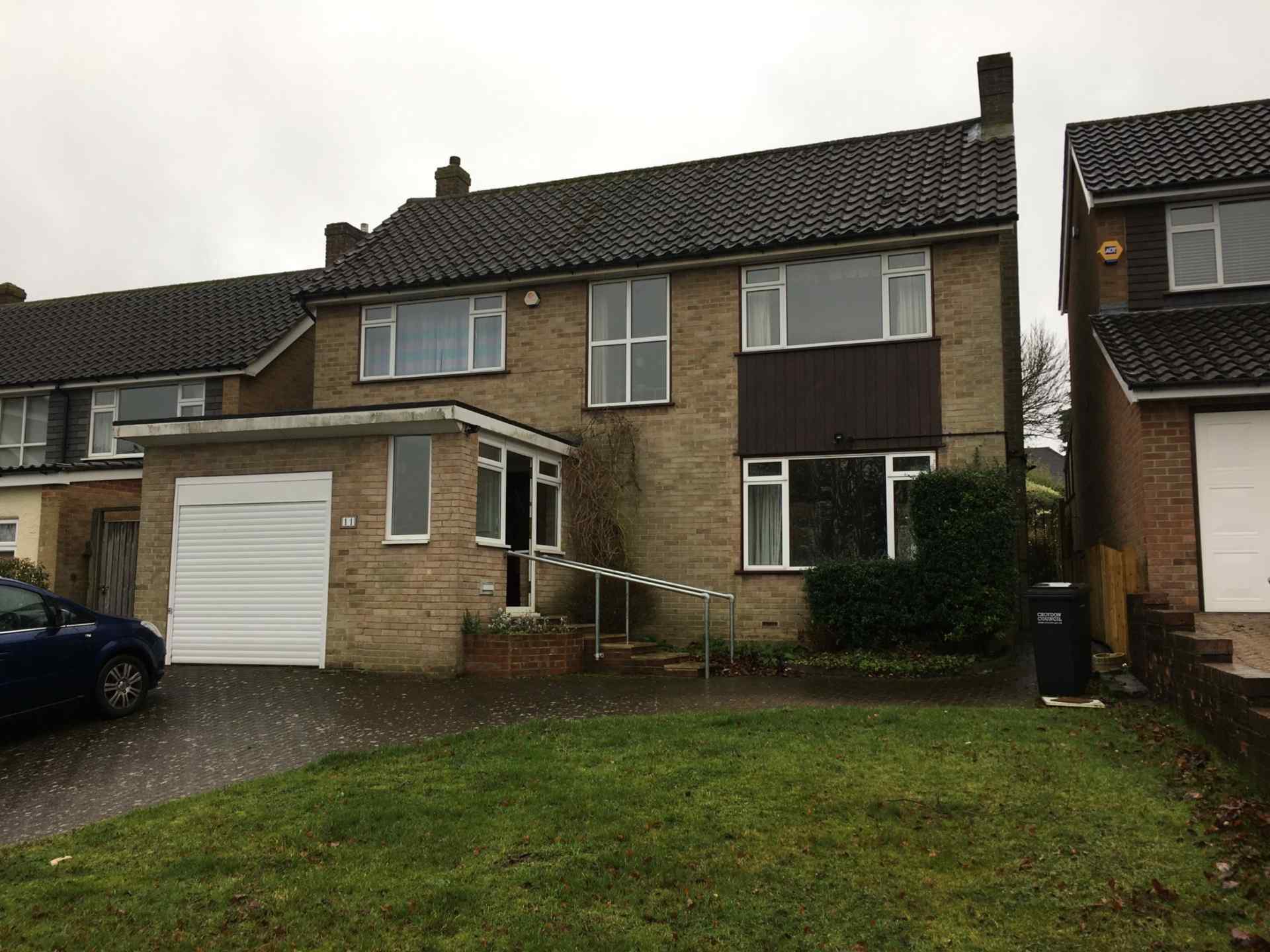Do You Need Planning Permission for a Swimming Pool?
Swimming pools typically are luxury additions to a house. They are planned by house owners who desire an elevated quality of living, and a pool by the house is that kind of space meant for whiling time, especially for relaxation and rejuvenation. If you are planning to install a swimming pool you should know that there are regulations that govern the construction. This article will help you understand the necessary permissions and laws you should be aware of before planning pool construction.

In the UK, a swimming pool construction incurs huge costs. For example, if you plan for an indoor pool, the cost may vary between £850 to £2,500 per sq mtr. For an outdoor swimming pool, costs are comparatively higher and range between £1,500 to £3,000 per sq mtr, making them an expensive construction undertaking. As a house owner, it is hence important that you are aware of the acting rules and permission laws before you begin actual planning and construction, which can otherwise negatively impact your budget and expenditure.
Do you Need Planning Permission for a Swimming Pool?
Planning permission rules for swimming pools are not straightforward as they involve a few factors for consideration. But in general, if you are planning to build an outdoor swimming pool, you may not require planning permission. This is because outdoor swimming pools are classified as “Class E” category under the ‘Town and Country Planning’ (use class) and are considered “garden projects” by planning authorities.
On the other hand, constructing an indoor swimming pool may require planning permission only when certain conditions are not met, otherwise, domestic swimming pools are permitted development. Going forward, we shall discuss in detail the rules that mandate planning permission for swimming pool construction in the UK.
Understanding Planning Permission Rules for Swimming Pool
The fact that outdoor swimming pools remain detached from your house, they are simply understood as an undertaking in a garden space and hence naturally fit under permitted development, making them a more popular choice than an indoor swimming pool.
1. In a rare case if your property lies in a conservation area, is a listed building, or comes within the jurisdiction of a greenbelt area you may then require planning permission.
2. In another case, the pool in question should be within 50% of the curtilage land (enclosure surrounding the house) of the property. To understand this better, let’s assume the following –
- Total Land Area of your Property – 200 sq mtr
- Area Occupied for Residential Accommodation – 50 sq mtr
- Planned Swimming Pool Area – 25 sq mtr
- Any Originally Built Structure – 5 sq mtr
- Subtract (Total Land Area of your Property) minus (Area Occupied for Residential Accommodation) i.e, 200 – 50 = 150 sq mtr (Curtilage land)
- Add up the area of structures that are detached from your house
- Add (Planned Swimming Pool Area) + (Any Originally Built Structure)
- i.e, 25 + 5 = 30 sq mtr
- Now, according to permitted development, any structures within the curtilage land should not cross more than 50% of the land area. In this case 30 sq mtr area out of 150 sq mtr area is 20% of the curtilage land and thus is well within half the area of the curtilage land, and hence can be permitted development. PS: Newly built garages or any structures such as extensions are not considered as they were not built during the original house construction.
- 3. Indoor Swimming Pools planning permission criteria are as follows –
- The building in question must be a single-storey
- The eaves height of the building with an indoor swimming pool should not be more than 2.5 metres
- The building with an indoor swimming pool cannot have balconies, verandahs, or any raised platforms
- Height of the pool should not be more than 4m and should not exceed beyond 90 sq mtr area wise
Streamlining your Pool Project: Tips for Securing Planning Permission
If you are on point with the criteria then it may not be that difficult to secure planning permission for your swimming pool. Here’s what you can do to increase the chances of your approval – 1. Start with an Assessment Before delving into the local regulations, determine the size, type, and location of the pool. This assessment will help you to easily correspond with planning regulations and will enable you to remain in sync in situations of any disputes. 2. Research on Local Regulations Outdoor and indoor pool regulations vary considerably w.r.t size and type, apart from their obvious nature. Consult your local authorities via exploring the website or visit the local planning office for detailed understanding and to be abreast of the acting guidelines. This will help you avoid backlashes. 3. Consult Professionals Undertaking a pool construction project can be a delicate venture as it may incur high costs and stringent regulations especially for indoor pools. Such projects need able monitoring and efficient planning which can only happen through architects and engineers specialised in pool constructions. At Extension Architecture, our professionals have the acumen and experience working on all types of pool construction projects and can assist you with pool planning, preparation of drawings, and liaising with planning council. Feel free to reach out to us for a consultation. 4. Be Mindful of Neighbours This one is crucial. Keeping in mind the possible impact of your pool construction (outdoor) on your neighbour will help you avert any future conflicts. Look for factors such as privacy, boundary, noise which are the usual contradictions when it comes to neighbours. 5. Submit and Track your Application With the help of professionals prepare a detailed and well-furnished application with all due considerations. You can then submit your planning application to the planning council via online or by physically visiting the office. Once submitted, do not forget to keep regular track of your application’s status just to make sure you do not lag when there is a response initiated from the council’s side. The response usually will be pertaining to requesting additional information, any disputes, missing documents, etc.Exploring Pool Construction: Factors Impacting Planning Permission
To ensure a hassle-free pool construction, it is not only imperative, but also wise to understand which are the factors that play a decisive role when going for planning permission. Let’s look at them below –
1. Location: Whether the pool is in an area of conservation, is a listed building or is in an area of outstanding natural beauty; all these factors are decisive and impact planning permission approvals.
2. Type: Whether the swimming pool in question is an outdoor or an indoor swimming pool matters as indoor swimming pools require an eye for regulations than outdoor pools which usually are permitted development.
3. Size: Is the pool in question within the prescribed dimensions of the planning authority.
4. Boundary Conditions: Whether the pool is at the prescribed distance from neighbour’s boundary (at least 1m) or is at least 5m from the existing house.
5. Impact on Neighbours: This factor remains valid especially for outdoor pools where any form of noise, disturbance, privacy, closeness to neighbour’s boundary is considered which may otherwise lead to objections and disputes from neighbours.
6. Compliance with Building Regulations: Whether the pool adheres to the necessary building and safety regulations such as enclosures, pool covers, alarms along with meeting certain standards such as water supply, structural stability, and sufficient outlets and drainage etc.
You may be asked to submit a drainage plan by the planning authorities to ensure that the pool usage does not lead to flooding.
Compliance and Approval: Ensuring Legal Compliance for Pool Installation
Legal compliance is a mandatory obligation for all types of swimming pool constructions. It ensures a safe and trouble-free undertaking and maintenance. Follow the guidelines below for a less intrusive and seamless planning approval.
Comply with Planning Council
As discussed earlier, most domestic/residential swimming pools do not require planning permission (especially outdoor pools). It however depends on the nature, size, dimensions of the construction that mandates planning permission from regulatory authorities. Make sure you are well ahead in terms of planning by adopting pre-emptive measures such as readying plan drawings, elevation drawings, with a comprehensive planning application.
Complying with Building Regulations
Building regulations for a swimming pool ensure the safe and efficient functioning of the pool. Especially during matters of untoward accidents, flooding, etc, ensuring a safe and sound construction is essential.
If you have an outdoor pool, make sure you have an enclosure surrounding the pool and that there is less or no heated atmosphere around.
If the pool is indoors, make sure the walls & floor of the pool is insulated well to prevent heat loss.
Guidelines for Health & Safety
Though there is no law that mandates installation of accessories to ensure health & safety when it comes to swimming pool construction, we advise you to follow the below for a happy and peaceful time with your family and loved ones.
Gates: If there is a possibility, do plan the installation of gates at the entrance of pools. It is even better if the gates are embedded with a self-locking mechanism so as to prevent any untoward accidents, especially when there are children.
Fencing/Enclosure: Similar to gates, fencing the pool will help form an extra safety net while also preventing unauthorised access to your pool. Make sure the enclosure is at least 3-4 feet in height and there are no slip throughs for any individual (especially children).
Railings: Install railings at necessary places. Especially at the steps, if there is a ladder or a sliding board, make sure railings are installed there too.
Pool Alarms: These are highly useful accessories especially during slips or fall of a minor or a pet. These alarms provide access from the pool area directly into your residential space and will trigger upon any incident.
Emergency Kit: Make sure you have an emergency kit that includes life hooks, a first aid kit, in event of unforeseen circumstance.
Materials: Use slip resistant materials on floors or on the ramp, on pool decks etc
Conclusion:
Swimming pools are those amenities that are meant for rejuvenating and to spend quality time with family and friends. Being pre-emptive while planning a swimming pool construction with all regards to planning and safety compliance will not only ensure a hassle-free process, but also makes you worry-free in the future. Since you are at the advantage of being able to afford a swimming pool, do it with all your heart and mind.
Wanting to know more about swimming pool construction and how to plan your own? Contact our experts at Extension Architecture.


